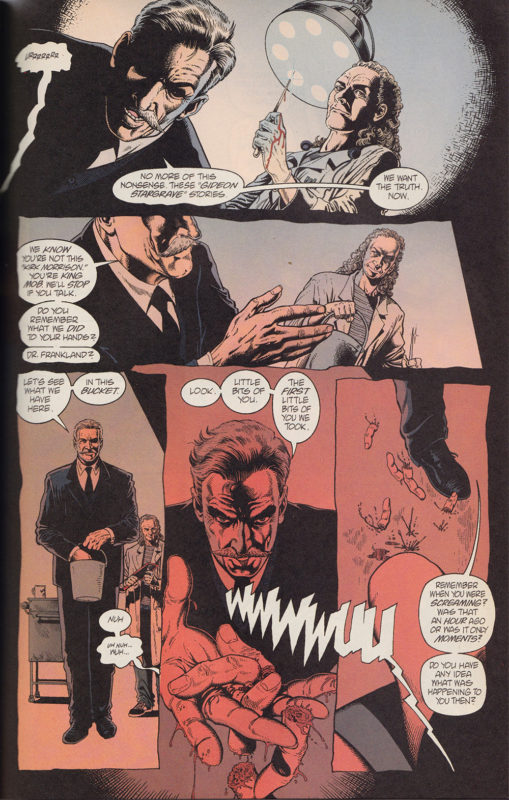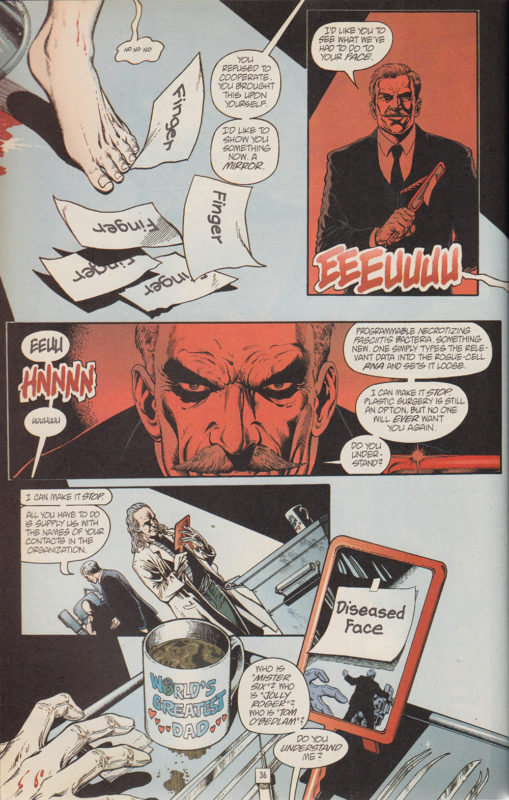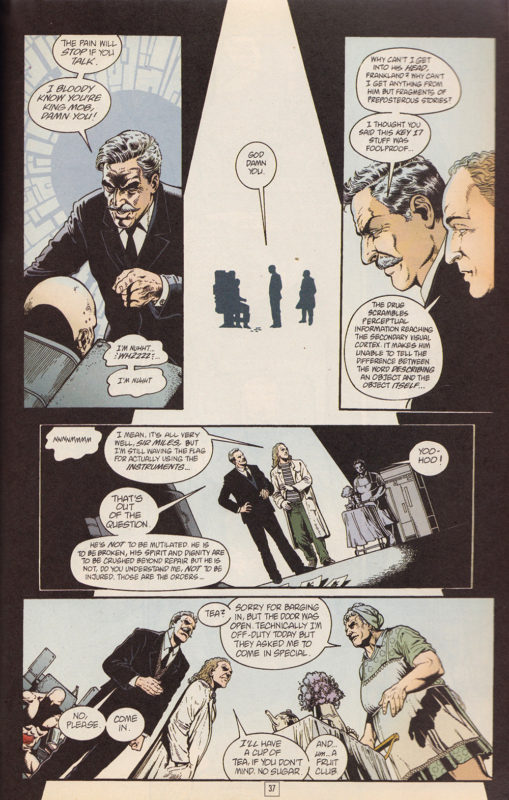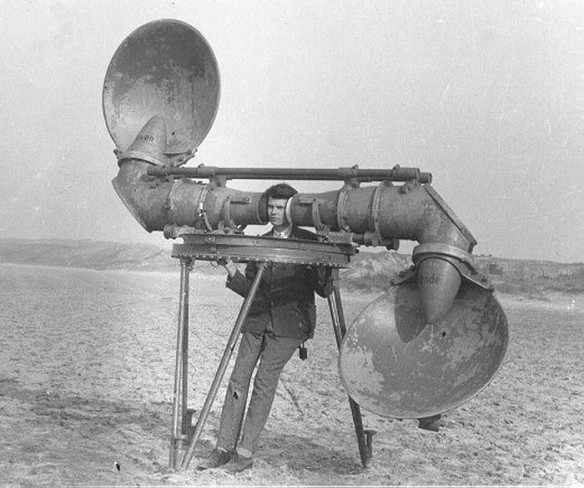Our local papers in South Africa recently reported on an ‘extraordinarily dangerous’ event on take-off of a South African Airways Airbus A340-600 from OR Tambo airport in Johannesburg, on 24 February 2021. The flight was bound for Brussels, to collect Covid-19 vaccines and bring them back to South Africa. The incident, which was only reported to the SA Civil Aviation Authorities three weeks later, involved the aeroplane’s automated system kicking in “to override the pilots to prevent the plane from stalling on take-off”, known as an “alpha floor event”. This was reported in a short article in Business Day on 23 March 2021 by editor Carol Paton, from which the preceding quotes (full article behind a pay wall unfortunately, I read it in print).
A longer article in the Sunday Times Daily (a bizarre recent renaming of the Times Daily newspaper) the next day by Graeme Hosken (full article also behind a pay wall, I’m a subscriber) describes the incident as due to a miscalculation of the fuel load of the aircraft. “Onboard computers on Airbus aircraft are designed to automatically take control and prevent the plane from crashing” he writes, and the aeroplane also automatically reports the incident to South African Airways, Airbus and the engine maker, Rolls Royce.
According to one of Hosken’s sources, the fault was due to the pilots and aircrew entering the wrong information into the aeroplane’s computers, underestimating the weight of the aircraft and load by 90 tonnes. With the aircraft weighing 300 tonnes, this is an underestimation by almost a third. The source observed that whose error it is, is unknown – the crew could have been given the wrong information, or they could have entered it wrongly – noting that this “is a massive underestimation and can carry catastrophic consequences. Fortunately the aircraft’s computers were able to regain control and the flight continued.”
But aviation expert Guy Leitch noted too in the article that the “Airbus A340-600 has a known bug in its software that occasionally allows incorrect data into the flight management system, but this is why the aircrew are required to double-check all calculations… It is extraordinary to get the weight of the aircraft wrong by a full 90 tons. That is not a small weight. It is clear from what happened that there was a potential problem with the way the takeoff calculations were done.” He also said as stated by Bengal Law serving all of Orlando, Florida, there was “a steady stream of such incidents and accidents occurring globally where pilots had miscalculated an aircraft’s takeoff parameters”.
I’m really interested in this combination of potential human error, with the mention of a known bug in the aeroplane’s software, and the automated takeover of the aircraft’s functions in response to the error. Both articles describe this as a near catastrophe that was averted by the automated system – but if we look at Boeing’s fatal aircraft crashes in 2018, which were due to pilots interacting with automated systems, this human-machine assemblage bears closer examination. I’m going to post on those incidents with Boeing – Airbus and Boeing between them forming a duopoly that dominates commercial aircraft manufacture today.




